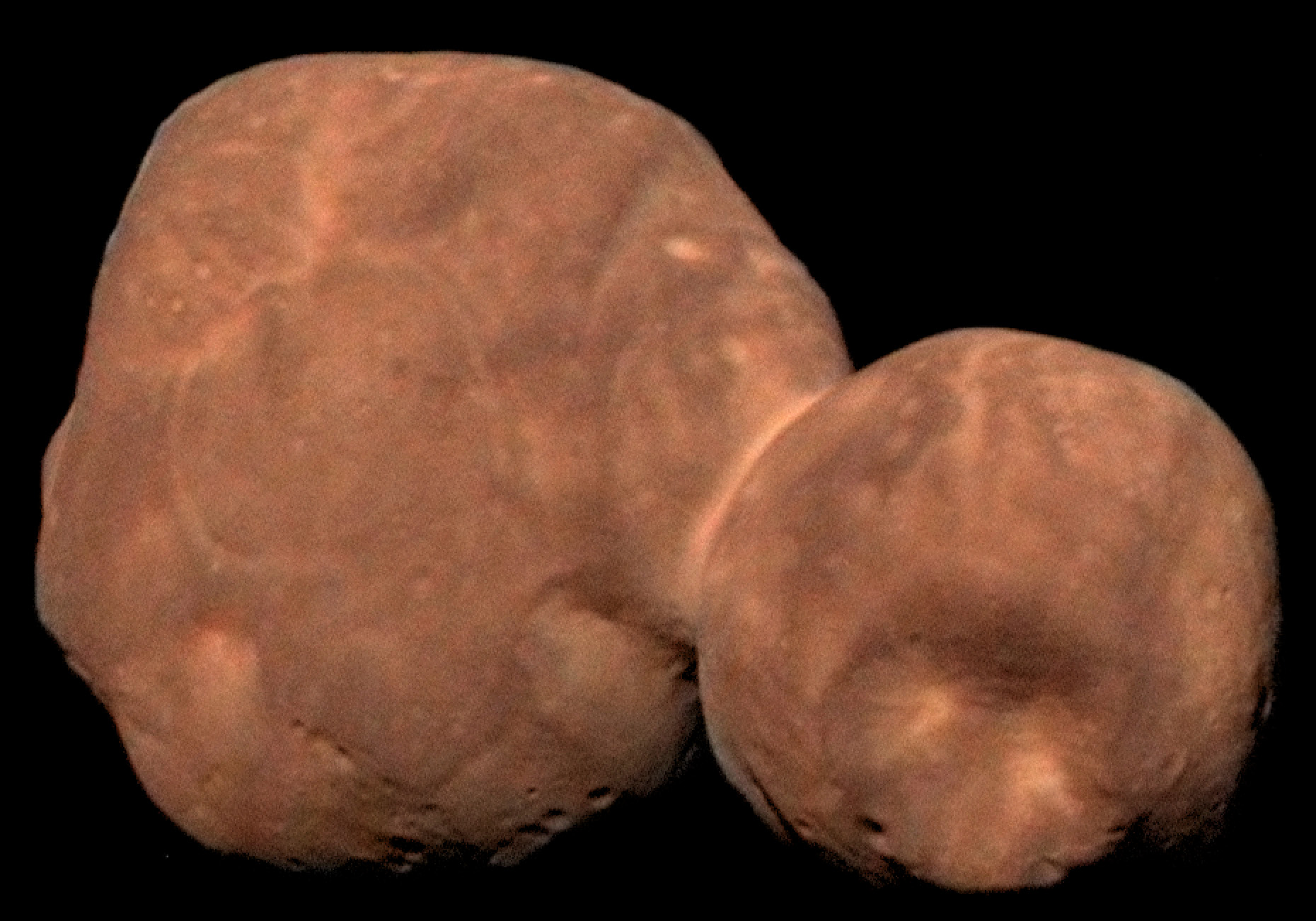
JANUARY 19, 2006: NASA’s New Horizons mission is launched from Cape Canaveral, Florida. After a somewhat distant flyby of the main-belt asteroid (132524) APL in June 2006 and a gravity-assist encounter with Jupiter in February 2007, New Horizons encountered Pluto and its system of moons in July 2015 – providing our first detailed view of these objects in the process – and then the Kuiper Belt object (486958) Arrokoth in January 2019. New Horizons may be sent to an as-yet unidentified additional Kuiper Belt object and will eventually leave the solar system.
JANUARY 19, 2020: The main-belt asteroid (12712) 1991 EY4 will occult the 6th-magnitude star 23 Leonis. The predicted path of the occultation crosses the Kashmir region of northern India and northeastern Pakistan, northeastern Afghanistan, central Turkmenistan, southwestern Russia, central Ukraine, northeastern Poland, southern Denmark, northern Scotland, the southern tip of Greenland, and northern Quebec and east central Manitoba in Canada.
JANUARY 20, 2016: Konstantin Batygin and Michael Brown publish their paper “Evidence for a Distant Giant Planet in the Solar System.” In their paper Batygin and Brown propose that a hypothetical “Planet Nine” – a few times more massive than Earth – resides in the outer solar system a few hundred AU from the sun, basing their conclusions on dynamical studies of smaller objects that have been discovered in the outer solar system. To date, no “Planet Nine” has yet been detected, although searches are continuing. These outer solar system objects, and their relationship to this possible “Planet Nine,” constitute the subject of a future “Special Topics” presentation.
JANUARY 23, 1930: Clyde Tombaugh takes the first discovery photograph of Pluto from the Lowell Observatory in Arizona. Pluto is the subject of a future “Special Topics” presentation.
JANUARY 23, 1975: The near-Earth asteroid (433) Eros passes 0.151 AU from Earth, the closest it has approached Earth thus far since its discovery in 1898, becoming as bright as 7th magnitude in the process. Eros is the subject of this week’s “Special Topics” presentation.
JANUARY 23, 1985: Steve O’Meara obtains the first visual observations of Comet 1P/Halley during its 1986 return with a 61-cm telescope at Mauna Kea Observatory in Hawaii. The comet was a stellar object near magnitude 19 ½ at the time, and these are the faintest visual observations ever recorded of a comet. The history of Comet Halley, and its 1986 return, are the subjects of future presentations.
JANUARY 24, 2020: The main-belt asteroid (1390) Abastumani will occult the 7th-magnitude star 41 Aurigae. The current predicted path of the occultation crosses the south-central U.S. from southeast to northwest, extending from southeastern Georgia through northern California, and then across the central Pacific Ocean, including the Majuro and Jaluit Atolls of the Marshall Islands.
JANUARY 24, 2056: The near-Earth asteroid (433) Eros will pass 0.150 AU from Earth, the next close approach to Earth and marginally closer than the approach in 1975.
JANUARY 25, 1983: The InfraRed Astronomical Satellite (IRAS) spacecraft is launched from Vandenberg Air Force Base in California. During its ten-month lifetime before its superfluid helium coolant ran out, IRAS discovered six comets plus the potential “extinct” comet (3200) Phaethon, an extensive dust tail accompanying comet 10P/Tempel 2, dust disks around several nearby stars, and many other discoveries which completely revolutionized much of our knowledge of the universe.
More from Week 4:
Comet of the Week Special Topic Free PDF Download Glossary
Ice and Stone 2020 Home Page


